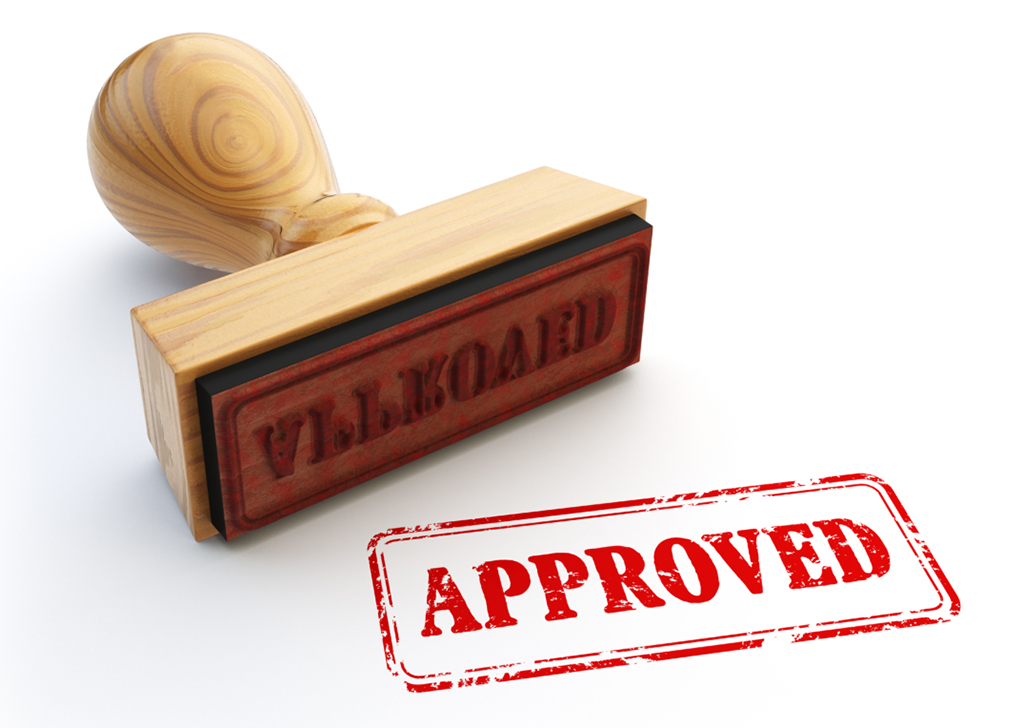The Social Security Administration has finally notified you that your social security disability insurance (SSDI) application was approved.
First, congratulations! You can now breathe a sigh of relief knowing your monthly disability benefit check will soon be on its way. But you’re also probably wondering – what now?
Good question. While the hard part is over, there are still some things that will happen before your disability benefits arrive. There are also some ongoing obligations on your part.
Here’s what to expect after you get approved for benefits. Watch the video.
Notice of Decision
If the Social Security Administration (SSA) denied your disability claim at the initial application and reconsideration level, you likely requested a hearing before an administrative law judge (ALJ). In these cases, you will receive a notice of decision in the mail. The notice of decision lets you know whether the ALJ ruled in your favor and ordered the SSA to pay you disability benefits.
There are two types of favorable decisions – fully favorable or partially favorable. Both decisions mean you were approved benefits. The only difference is the decision on when your disability began.
A fully favorable decision means the ALJ agreed that your disability onset date was the date listed in your application. Typically, the disability onset date is the date you stopped working. In a partially favorable decision, the ALJ decided that your disability onset date was a date after the one included in your application.
Notice of Award
The notice of award arrives on average one to three months after the SSA or ALJ approves your social security disability claims though it can take longer depending on your SSA field office’s caseload.
The notice of award answers most of the initial questions people have about their disability benefits, such as:
- Your disability onset date
- The amount of disability benefits awarded
- The month you will begin receiving benefits
- The amount of any past-due benefits, or disability back pay, you are entitled to (this will be paid in one lump sum payment)
- When you should expect to receive your disability back pay
- When you can expect to undergo a continuing disability review
If you disagree with the notice of award – for example, if you believe you are entitled to more in disability back pay or that your monthly benefit amount should be higher – you have the right to appeal the decision. The notice of award explains how to file an appeal.
During the appeal process, you will continue to receive the monthly benefits indicated in the award letter. If the appeal is successful, the SSA will adjust the payments as needed.
Pre-Effectuation Review Conference
If you receive social security income (SSI) as well as social security disability insurance, you are required to have a pre-effectuation review conference, or PERC. A PERC ensures you still meet SSI’s financial eligibility guidelines. A PERC is not required if you only receive social security disability insurance benefits. To learn more, watch our short video.
More on pre-effectuation review conference, or PERC from Neil Good:
Continuing Disability Review
Continuing disability reviews, or CDRs, are required of all SSDI recipients. Though they sound scary, most of the time they are not cause for alarm. The purpose of a CDR is to allow the SSA to determine whether your disability still prevents you from working. More than 90-percent of SSDI recipients are approved for continued benefits following a CDR.
When the SSA approves your SSDI application it assigns recipients to one of three medical categories. Categories are determined based on the nature and severity of your disability and the likelihood your condition will improve. The category you are placed in determines how frequently your case will undergo a CDR. These are:
- Medical Improvement Expected: Once every six to 18 months.
- Medical Improvement Possible: Once every three years.
- Medical Improvement Not Expected: Once every seven years, but no more than once every five years.
Benefit offsets
Under certain circumstances, such as if you were awarded worker’s compensation following a workplace accident, your award is subject to offset. Although the SSA should automatically account for any offset, SSA workers are only human, so things occasionally slip by. Or, you may have forgotten to notify the SSA that you received other benefits subject to offset.
You must make sure the SSA has accounted for any required offsets of your benefits award to make sure you receive the proper amount. If you don’t, you will eventually be required to repay the difference between the benefit award amount and what you would have received had the offset been properly applied.
Keep your information up-to-date
As an SSDI recipient, you must inform the SSA about changes that could potentially affect your eligibility for benefits. This includes changes in your medical condition and income. This is information you will be asked about during your CDRs, but don’t wait until the next scheduled CDR to notify the SSA of any changes; you are required to notify them immediately.
Note: Although eligibility for SSDI is not income-based, your disability must prevent you from participating in substantial gainful activity. In 2020, that means you cannot make more than $1,260 per month. Earn more than that, and you may lose benefits.
It is also important to notify the SSA of changes to your mailing address or bank account, if your disability benefits are paid via direct deposit. After waiting so long for your social security disability claim to be approved, you don’t want something as small as the incorrect bank account number to hold up your benefits.
If you or someone you know requires legal assistance or representation with social security disability application, do not hesitate to contact the attorneys of The Good Law Group at 847-577-4476!









